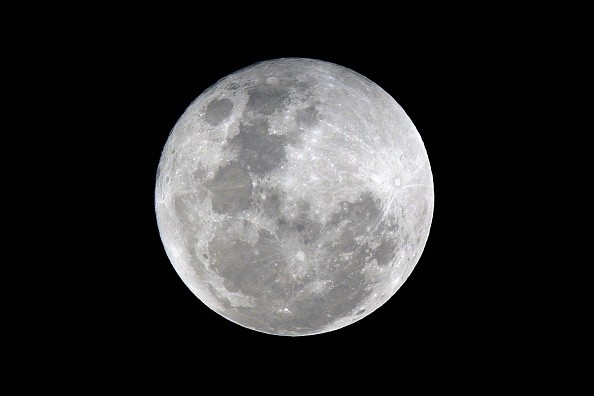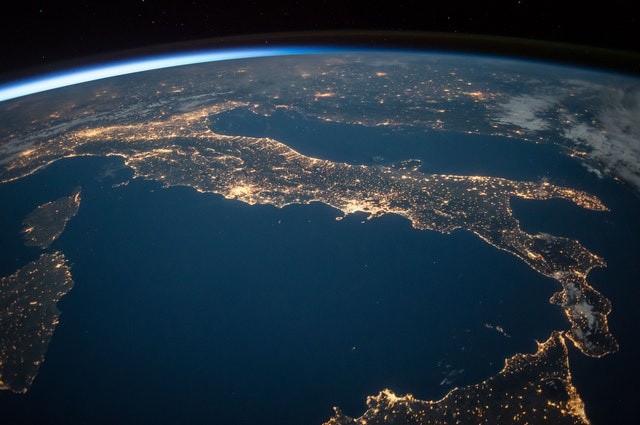There's another moon orbiting the Earth that was just found last year. Recent research in Nature has shed light on how it became the second moon.

Quasi-moon
The quasi-moon was given the name Kamo'oalewa after a Hawaiian term referring to a moving celestial object which measures less than 50 m (164 ft) across. It orbits the Earth in a corkscrew-like path that gets it no closer than 40 to 100 times the distance of the known moon.
The moonlet is unable to achieve a more normal orbit because of the constant bending and torquing of its movements due to the opposing gravitational forces of the Earth and the sun.
Despite the fact that it's predominantly impacted by the sun's gravity, this pattern appears because it's also - though not quite - on an Earth-like orbit.
There are many asteroids in the solar system, some of which get grabbed by other planets and form more traditional moons, although fragmented, in their orbit. Others don't circle other planets in the usual manner, but instead form a line in front or behind them and pace them around the sun.
In any case, the composition of the Kamo'oalewa was certain to draw attention because of its persistent mystery. In certain infrared frequencies, asteroids tend to reflect strongly, whereas Kamo'oalewa does not. Somehow, it seems to be made of something different, which indicates a distinct source.
Also Read : 2021 First Full Moon: The History of 'Wolf Moon'
Scientists Investigate the Mystery Surrounding Kamo'oalewa
A NASA-run telescope in Hawaii is commonly used to research asteroids in the vicinity of the Earth, so Sharkey and his PhD advisor, planetary scientist Vishnu Reddy, decided to use the telescope for the investigation. The infrared signature seemed to be too weak even through the normally trustworthy equipment.
Although the findings were clearer and better, they were still not comprehensive. The rock was composed of silicates, like other asteroids, yet its infrared signal stayed persistently off, unlike other asteroids.
Finally, the solution presented itself. This may be the case if the moon-like appearance of Kamo'olewa was an artifact of the real thing. One of Sharkey's PhD advisors published a report on lunar samples from the Apollo 14 mission in 1971 while he was in his program.
Using his telescope, Sharkey checked the results of prior geologists' findings in the rock lab, and found that they were identical. It was exactly the kind of lunar silicate weathering that was responsible for the variations in infrared reflectivity between typical asteroids and Kamo'oalewa.

How Kamo'oalewa Found Itself a Quasi-satellite
What you're seeing is weathered silicate, Sharkey explains. A fingerprint is hard to overlook because of the eons of exposure to the space environment and the micrometeorite impacts.
It's hardly a mystery how Kamo'oalewa broke free of our lunar friend. For billions of years, the moon has been battered by space rocks, resulting in the ejection of various kinds of lunar debris into space (nearly 500 bits of which have made it to the surface of the Earth as meteorites).
Kamo'oalewa is an example of a piece of lunar detritus that spiraled away from the moon. But instead of landing on Earth or falling into the abyss, it found a quasi-satellite for itself in its own right.
Many craters on the moon indicate that lunar dust and ejecta are still floating about in space, according to NASA's Sharkey.
Related Article : Once in a Blue Moon: Rare Seasonal Blue Moon to Rise This Weekend
For more news, updates about Kamo'oalewa and similar topics don't forget to follow Nature World News!
© 2025 NatureWorldNews.com All rights reserved. Do not reproduce without permission.





